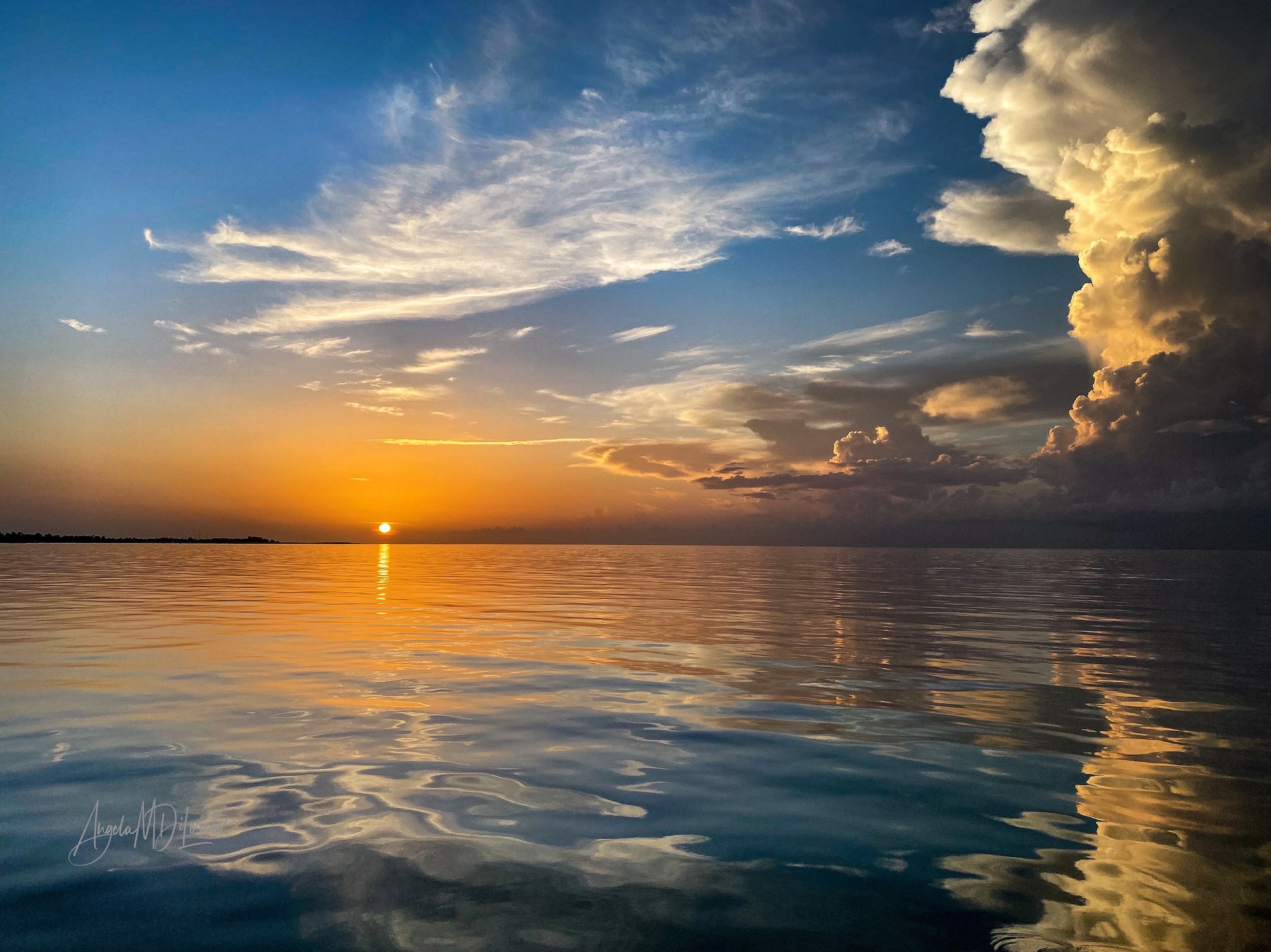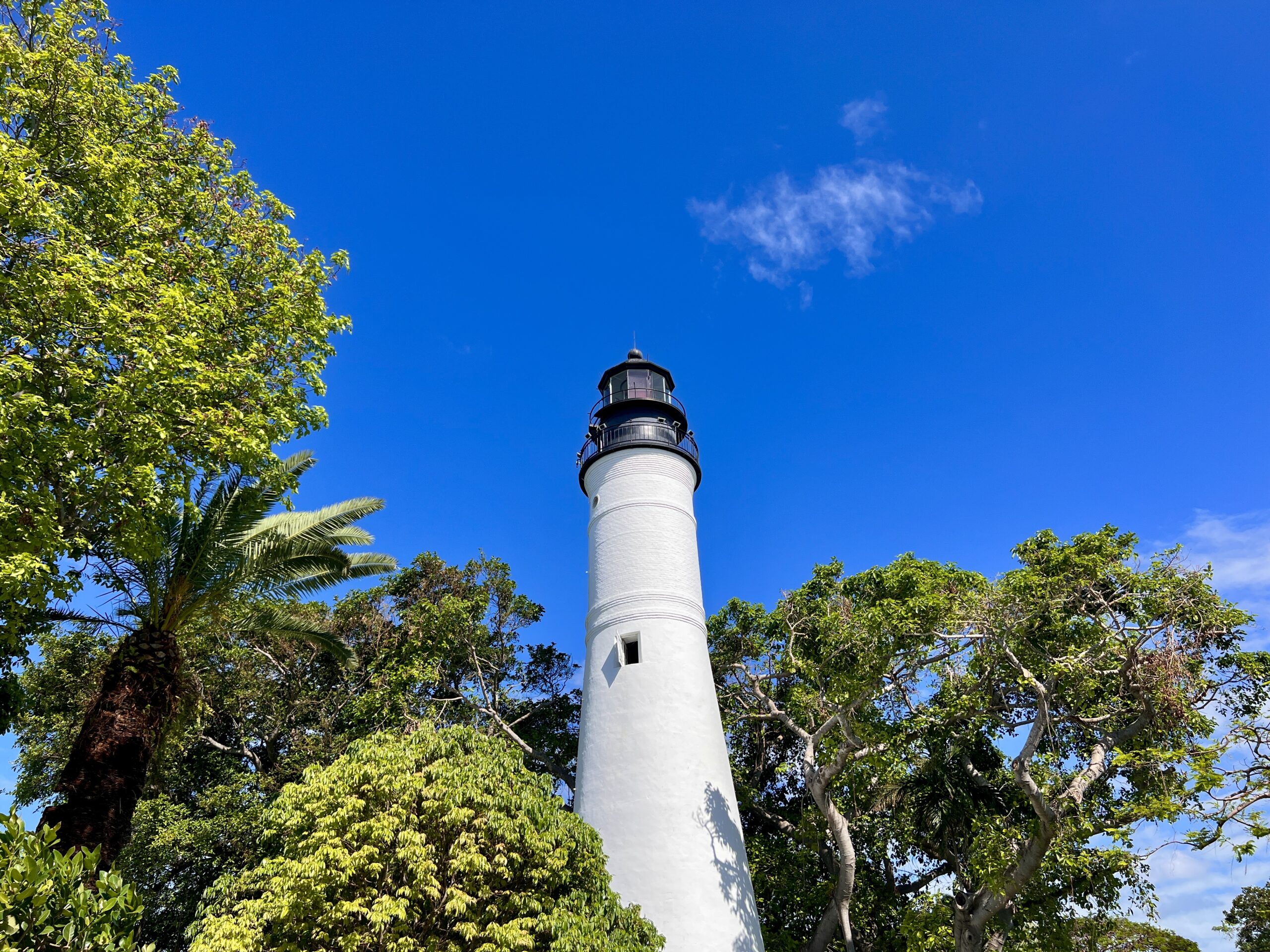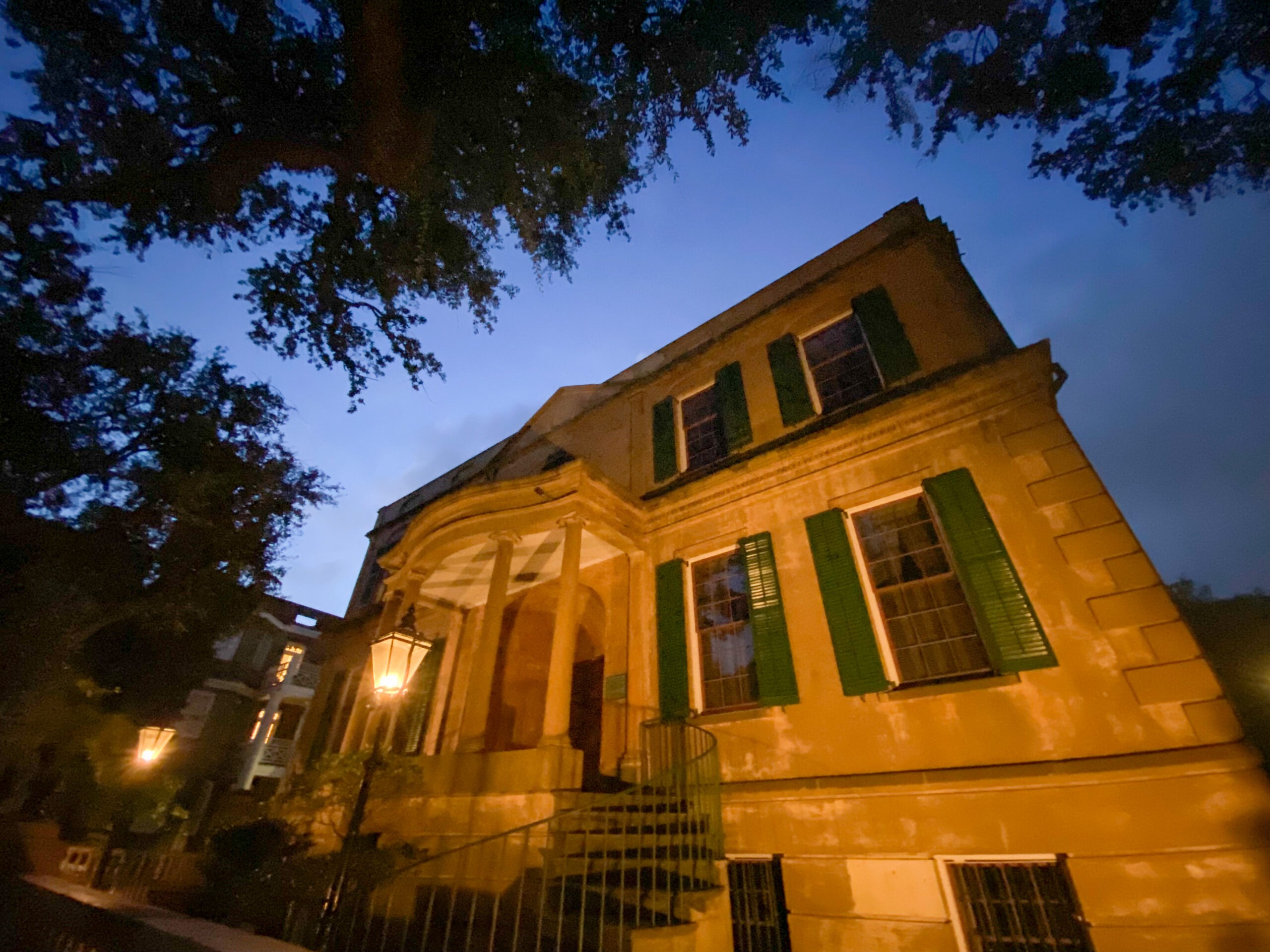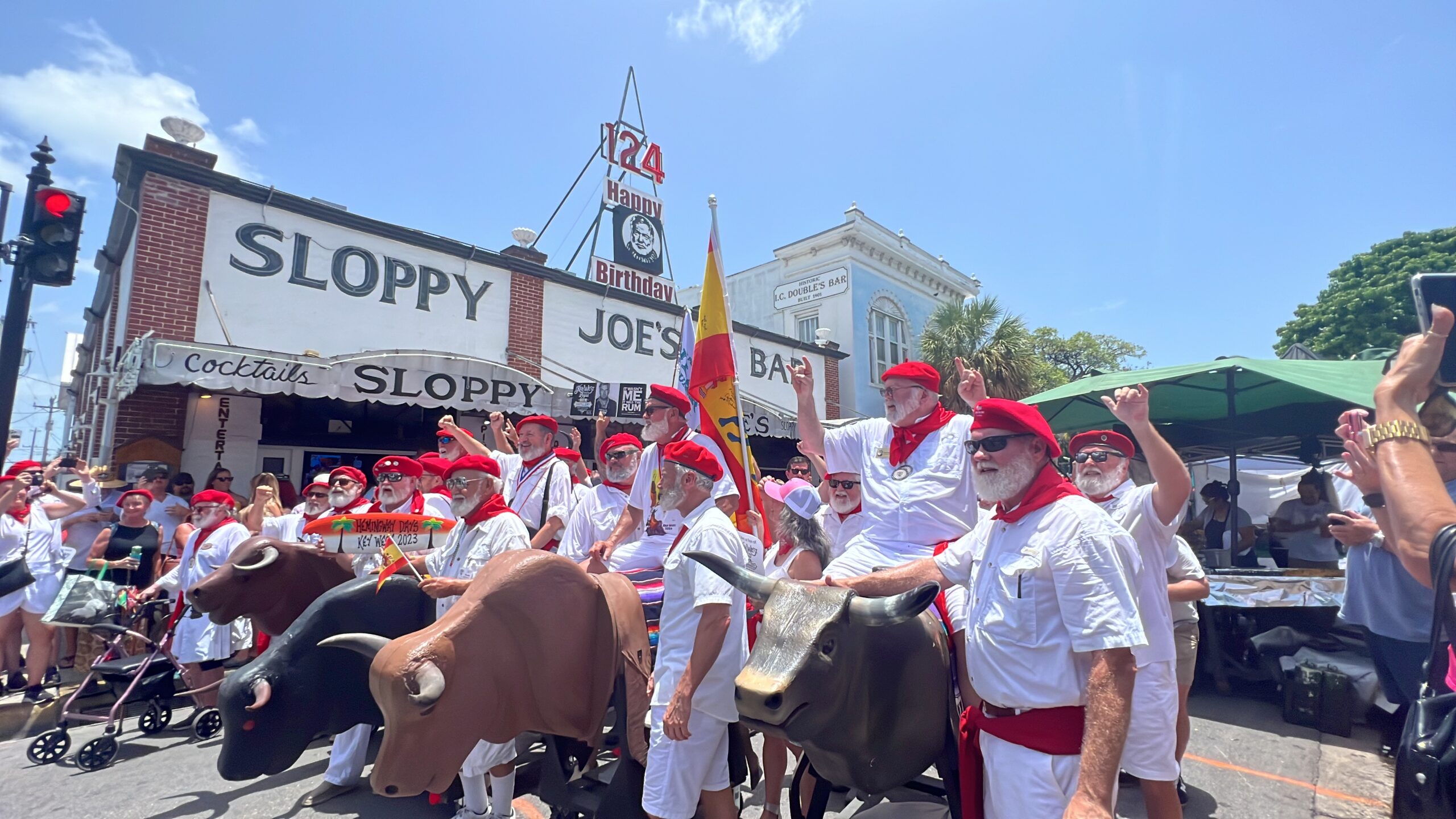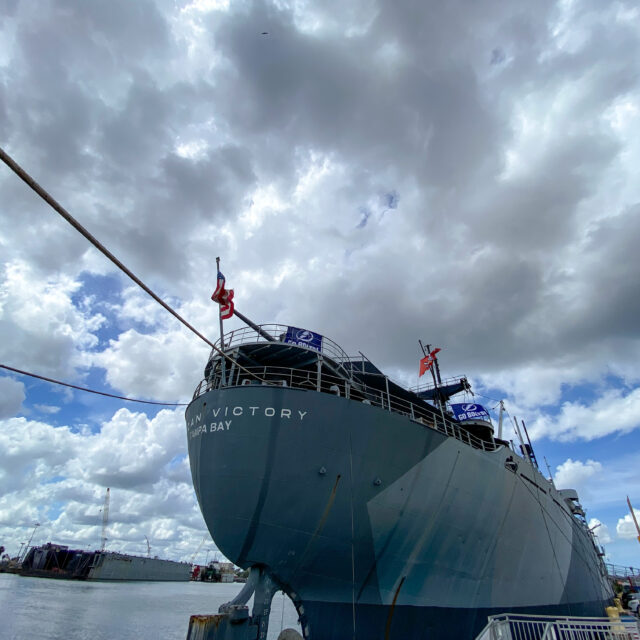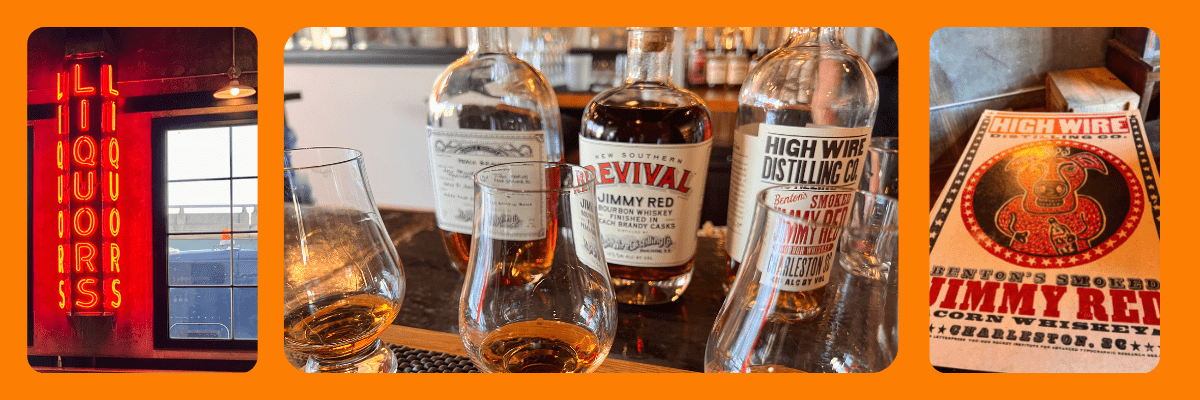Today, Key West is known as a party town without a care in the world, but for 13 days in October 1962, it very easily could’ve been the location of the first shot of the end of the world.
Disclosure: Some links on our site are affiliate links. If you purchase a linked item, we will make a commission, at no extra charge to you.
After the failed invasion attempt of Cuba at the Bay of Pigs, in 1961, Fidel Castro asks the Soviets to send missiles to defend the island. Khrushchev sees a way to benefit his own country and agrees. If the US can have missiles in Turkey, the Soviet Union can have missiles in Cuba. On October 14th, 1962, a US reconnaissance plane flies over Cuba taking over 900 photos of the countryside. These photos reveal Soviet medium-range ballistic missiles just 90 miles from American soil. This leads to an intense 13-day standoff between the two superpowers.
8 days later, on October 22nd, President Kennedy notifies Americans of the missiles and announces a naval quarantine of Cuba. He makes it clear the United States is prepared to use military force to combat this threat to national security. The fear was palpable on October 23, 1962, as Key Westers woke up to find the military had taken over their small island. They were now living in the center of an armed encampment. The amenities of a laidback island lifestyle were replaced by barbed wire, machine gun positions, and about 15,000 troops. Instead of sunbathers and sandcastles, missile batteries and other military equipment line the beaches.

During the Cuban Missile Crisis, batteries of HAWK anti-aircraft missiles are positioned on Smathers Beach. Surrounding the launchers are soldiers in machine gun emplacements. Civilians, while fearful of the possibility of a nuclear war, are intrigued by the sites and watch intently as these men go about their duties. There are four HAWK missile batteries positioned around Key West, ready to defend the US during that time. They are placed in 1962 in response to the Cuban Missile Crisis and stayed active and alert 24 hours-a-day/7 days-a-week until 1979.
The Casa Marina Hotel was taken over by the Army’s Sixth Missile Battalion and used as its headquarters. Surrounding the grounds with barbed wire, the Army placed missiles on the property aimed at Cuba. The Army even briefly considered using the resort as their permanent headquarters.

But the crisis is unique in a number of ways. One being that is almost entirely played out between the White House and the Kremlin with relatively little input from the other bureaucracies normally involved in foreign policy. During the tense 13-day ordeal, both Kennedy and Khrushchev are firm in their resolve with neither backing down. On October 26, Kennedy tells his advisors it appears that only a military strike against Cuba will remove the missiles, but wants to give the diplomatic course a little more time. Later that afternoon, ABC News correspondent, John Scali, tells the White House he was approached by a Soviet agent suggesting an agreement can be reached. The Soviets will remove their missiles from Cuba if the US promises not to invade the island country. Khrushchev sends Kennedy an emotional, late-night message. In it, Khrushchev says
If there is no intention to doom the world to the catastrophe of thermonuclear war, then let us not only relax the forces pulling on the ends of the rope, let us take measures to untie that knot. We are ready for this.
Khrushchev
The next morning, Khrushchev says any deal must include the removal of US missiles from Turkey. Kennedy publicly responds to the first request and promises not to invade Cuba. Secretly, he responds to the second and promises to remove our missiles from Turkey.
13 days!
Just under two weeks.
The entire world sits on the brink of nuclear armageddon as the crisis unfolds. And this tiny island paradise of just over 7 square miles sits in the crosshairs.
Today, very few remnants of the Cold War are present in town. Even the military has moved completely to Boca Chica Key a few miles away. Key West is returned to the idyllic paradise once again for the tourists that come here to escape the ordinary.

